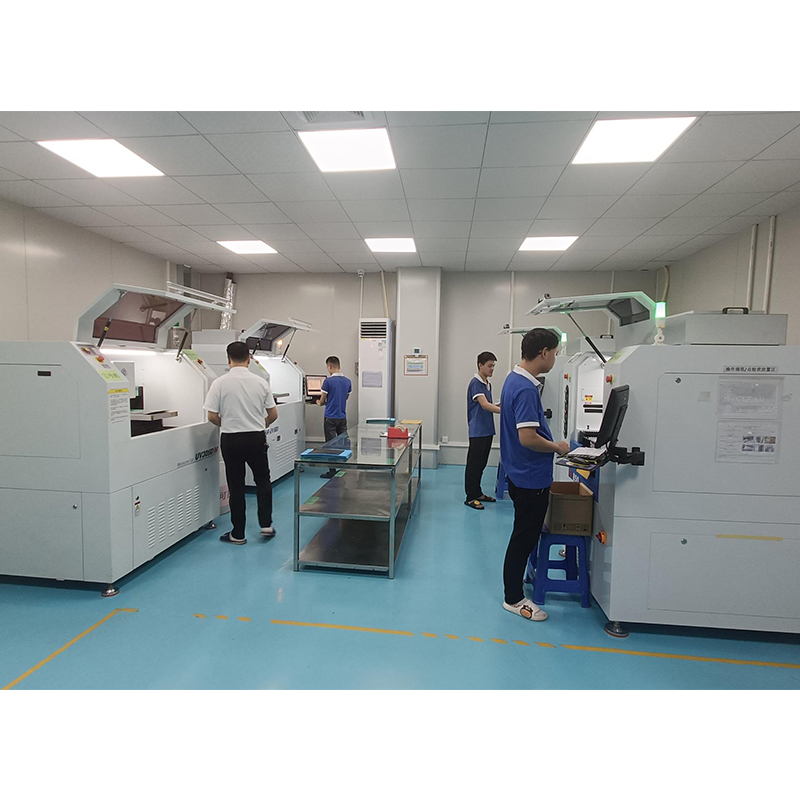When it comes to electronic devices and printed circuit boards (PCBs), a key aspect that engineers and manufacturers consider is maximum rated frequency. This rating determines the highest frequency at which the circuit can operate reliably without any noticeable loss or attenuation of the signal. In this blog post, we will explore the importance of maximum frequency rating for quickly turning prototype PCB boards and discuss how it affects the design and performance of electronic devices.
Maximum rated frequency is a crucial parameter when dealing with high-speed and complex electronic systems. It refers to the maximum frequency at which a signal can be transmitted through a PCB without distortion or signal loss. This rating becomes even more important when it comes to quick turnaround prototype PCB boards, as these boards are often used in the development and testing phases of new electronic devices.
Rapid Turnaround Prototype PCB boards are manufactured with a short turnaround time and are typically used for proof of concept, testing, and initial design verification. Their purpose is to ensure that the final product performs as expected before entering full production. Therefore, they need to operate reliably at the required frequency to accurately reflect the performance of the final product.
The maximum rated frequency of a fast-turn prototyping PCB board is affected by a variety of factors, including PCB material, design layout, transmission line characteristics, and the presence of any interference or noise sources. Material selection is critical because some types of PCBs can handle higher frequencies more efficiently than others. High-frequency materials such as Rogers 4000 Series, Teflon, or PTFE laminates are often used to quickly turn prototype PCBs to achieve superior performance at high frequencies.
Design layout also plays an important role in determining the maximum frequency rating of a PCB board. Proper impedance matching, controlled trace lengths, and minimizing signal reflections or crosstalk are important steps to ensure that signals propagate effectively without attenuation. Carefully designed PCB layout reduces the risk of signal distortion and maintains high-frequency signal integrity.
Transmission line characteristics, such as trace width, thickness, and distance from the ground plane, also affect the maximum rated frequency. These parameters determine the characteristic impedance of the transmission line and must be carefully calculated to match the required frequency. Failure to do so may result in signal reflections and loss of signal integrity.
Additionally, the presence of interference or noise sources can affect the maximum rated frequency of a fast-turn prototype PCB board. Proper shielding and grounding techniques should be used to minimize the effects of external noise sources and ensure reliable operation at high frequencies.
Generally speaking, the maximum rated frequency of fast-turn prototyping PCB boards can range from a few megahertz to several gigahertz, depending on the design specifications and application requirements. Experienced PCB manufacturers and engineers must be consulted to determine the best maximum frequency rating for your specific project.
In summary, the maximum rated frequency is a critical parameter when considering fast-turn prototyping PCB boards. It determines the highest frequency at which a signal can be transmitted reliably without distortion or signal loss. By utilizing high-frequency materials, using the correct design layout, managing transmission line characteristics, and mitigating interference, engineers can ensure that fast-turn prototype PCB boards operate with maximum reliability at the required frequencies.
Post time: Oct-21-2023
Back







